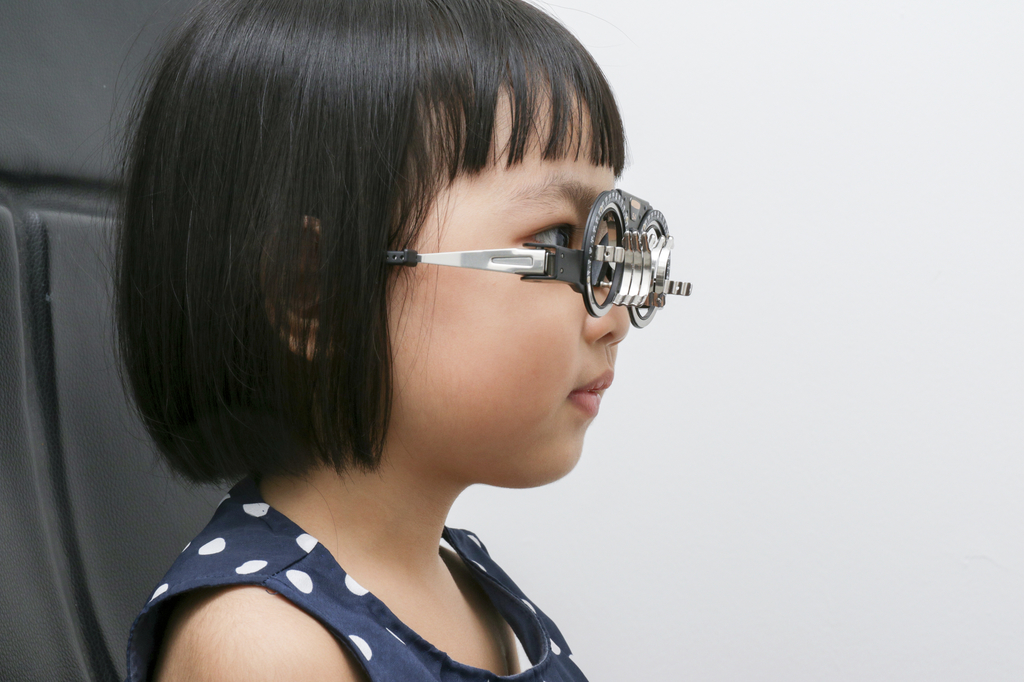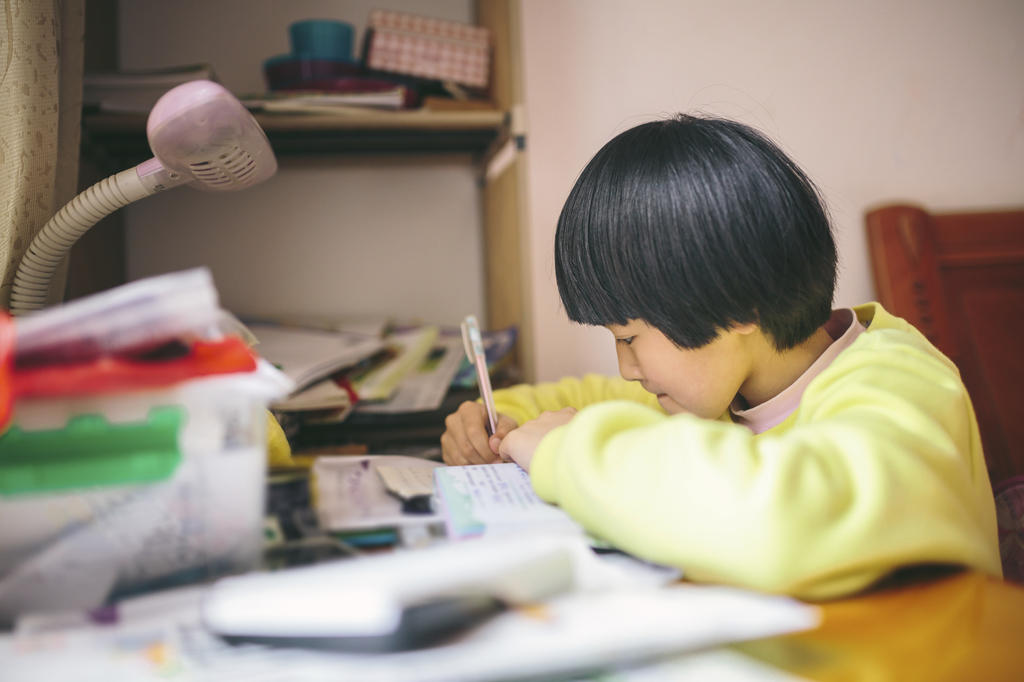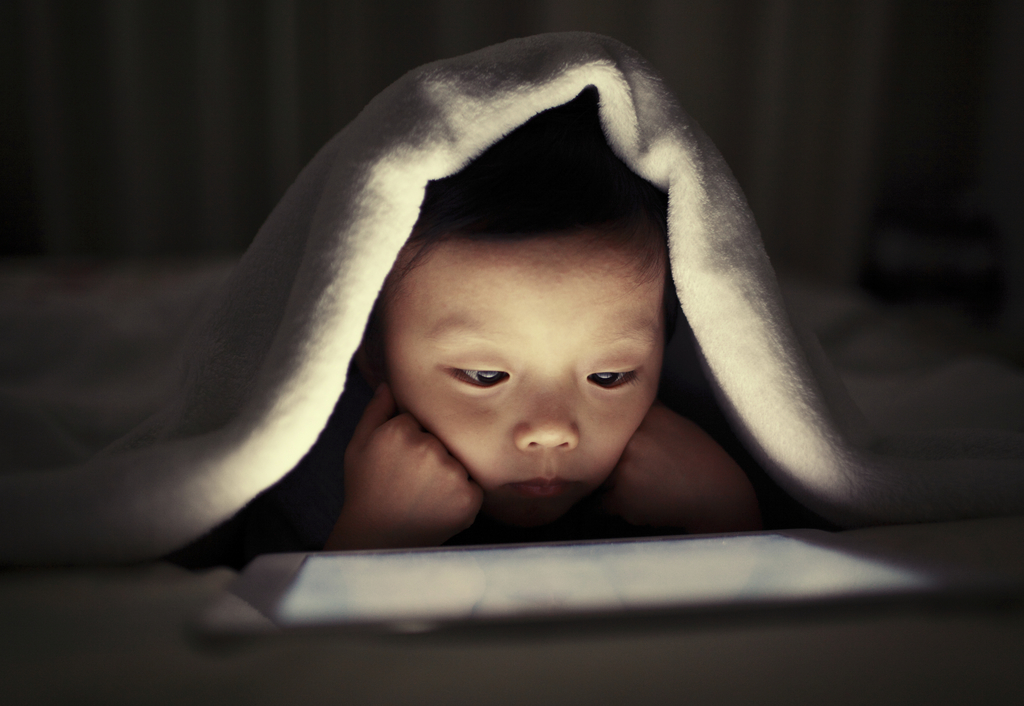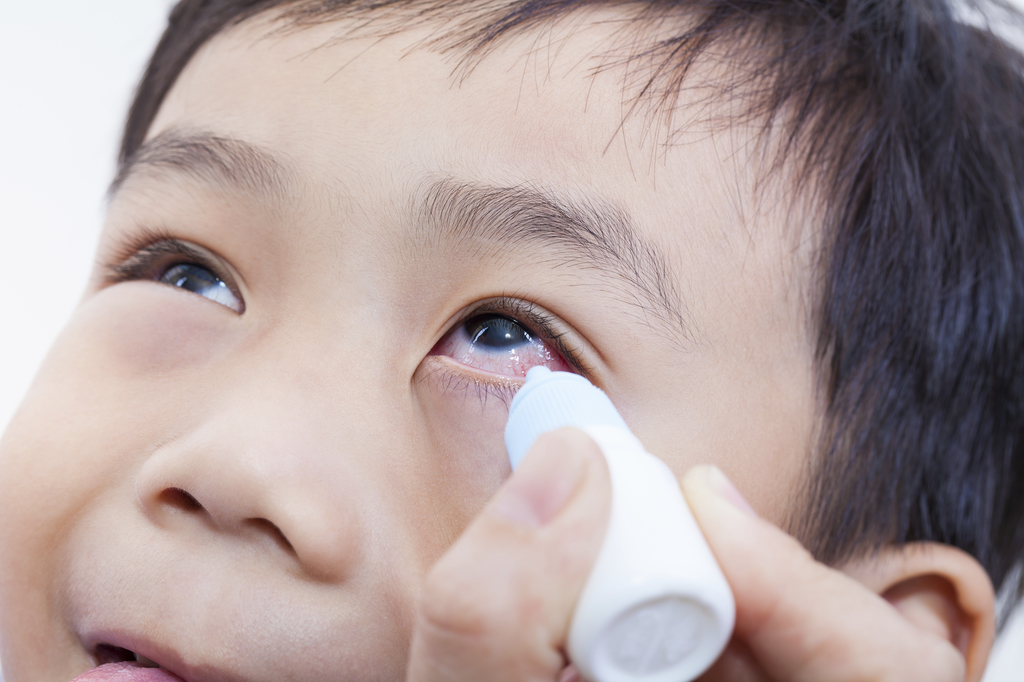SingaporeMotherhood | Preschooler & Up
August 2016
Childhood Myopia in Singapore: 9 Common Myths Busted!

Ever been told that childhood myopia will stabilise upon hitting adulthood or that LASIK surgery guarantees you perfect vision forever? Facts or just plain myths? We find out.
Is your child only in preschool but already sporting a pair of spectacles in a funky shade of her choice? As adorable as she looks in them, you can’t help but be worried about whether her childhood myopia will be under control in a few years’ time.
(See also: Managing Myopia in Kids)
[banner][/banner]
Myopia, or shortsightedness, is a condition which allows a person to see near objects clearly and causes distant objects to appear blurred. According to the Health Promotion Board, Singapore ranks number one in the world for the prevalence of myopia in children aged seven to nine. Alarming, isn’t it?
As with every medical condition, parents tend to have some preconceived notions about childhood myopia as well. It’s time to bust those myths you have come across about childhood myopia. Dr Lee Sao Bing, Medical Director and Senior Consultant Eye Specialist at Shinagawa Eye Centre, lends us his expertise.
Myth #1: Wearing spectacles of a lower degree than needed will prevent the optical power of the eyes from increasing.
This is probably the biggest myth about myopia and it is completely false. In fact, wearing spectacles of a lower degree may cause the myopic child to develop a lazy eye as he will have blurred vision.
Myth #2: Exercises such as rolling the eyes or massaging the area around the eyes can help retard childhood myopia.
There is no proof that such techniques can control myopia. The more near work children do, the greater the increase of myopia. Remind your children that seeing far is better than seeing near. It would be best to get them to participate in outdoor games instead of handheld games.
Myth #3: Wearing bifocal lenses can prevent childhood myopia from increasing.
Bifocal lenses are made with two different areas of vision correction, which are divided by a distinct line that sits horizontally across the lens. The top part of the lens is used for distance, while the bottom part of the lens is used for closer vision. Wearing these will not prevent childhood myopia from increasing.
Fret not. There is an alternative solution to prevent the increase of childhood myopia. “There is now strong clinical evidence that Atropine eye drops of 0.01% concentration can slow or prevent myopia from increasing,” says Dr Lee. These eye drops can be safely used in children.
Myth #4: The increasing prevalence of childhood myopia in Singaporean children is due to the high usage of smart devices.
The use of smart devices alone cannot be blamed for the increasing number of Singaporean kids suffering from myopia. Any form of near work can induce myopia, not just the use of smart devices. The lack of outdoor play has also been brought up as a reason.
“While the exact mechanism of how near work causes myopia is not known, it is postulated that the increase of work that the eye needs to do to focus for near makes the eye grow longer,” explains Dr Lee.
Myth #5: There are eyedrops which can completely reverse the effects of childhood myopia.
Although Atropine eyedrops have been in use in Singapore to help treat childhood myopia since 2000, they do not reverse the effects of myopia. Dr Lee tells us more about the current concentration of Atropine eyedrops used in children.
“The concentration used in 2000 was 1 per cent. This caused the pupils to dilate and patients were exposed to a lot of glare in the sun. They needed to wear transition lenses to reduce the glare. Many also had difficulty in focusing well when looking at near objects. They therefore needed to wear bifocal glasses to see both far and near objects well.
These days, the concentration of Atropine eyedrops used is 0.01 per cent. It is still effective to curb myopia but the two side effects mentioned above have reduced to less than one percent. These side effects (if they occur) are only present when the child is using the eye drops. The side effects will subside once the eyedrops are discontinued.”
Myth #6: The optical power of the eyes of a child with myopia will stabilise once he reaches adulthood.
Although this is the case in some children when they reach adulthood, it cannot be said to be true for all myopic children. The greatest increase in myopia is seen in children less than 10 years of age. The increase is lesser when they are in their teenage years. This increase is even lesser when a person is in his twenties. Fewer adults see an increase in myopia compared to children.
Myth #7: LASIK surgery reverses the effects of myopia and guarantees perfect vision forever.
Not true at all! An increase in myopia means that the eyeball grows longer. There is no way to make the eyeball shrink back to the length it was when the child had perfect vision. However, LASIK can help to get rid of the need for glasses or contact lenses. It does not make the eyeball become shorter, rather, it helps to change the shape of the cornea to allow light to focus nicely onto the retina without the aid of spectacles or contact lenses. The eyeball can still continue to grow longer, meaning, the myopia can increase, after LASIK if the patient does not have good eye care habits.
Myth #8: Myopia is not hereditary and solely depends on the frequency of near work and eye care practices.
Myopia is hereditary in some cases. Dr Lee explains, “When studies were done in Singapore in the early 2000s, they found that the more books a child read, the more likely the child was to develop an increase in myopia. They also found that this increase was to be more likely when one parent had myopia and even more likely when both parents had myopia.”
Myth #9: It is sufficient to turn on the light in a room while doing near work at a desk.
Simply switching on the light in a room where near work is being done will not suffice. A desk lamp is also necessary to prevent the onset of myopia in children.
Dr Lee tells us, “The main concept is to always read and write in good light. I always advise the kids who come to see me to do their homework at a work desk. The room light should be switched on and there should also be a table lamp. The light should illuminate the worksheet well. It should not be too glaring nor too dim and there should be no shadows.”
But my kids can’t avoid near work. Help!
Now that we have busted those myths about myopia, you are probably much clearer about the condition. But you might be asking yourself how you are going to control the amount of near work your child does. Given the mind boggling stacks of homework and numerous projects he receives at school, avoiding near work is definitely impossible.
However, you can care for your child’s vision by ensuring that he works at a desk with a proper table lamp in a well-lit room. Why the need for a table lamp? Your room light is not bright enough for activities like reading, studying, crafting, and other detailed work. The lack of proper lighting results in your child straining his eyes, which in turn leads to headaches, dizziness and gradual weakening of eyesight. The presence of glare from reflective material is also a major stress causing factor for young eyes.
Table lamps such as 3M’s P1600 Wireless Polarising Task Light are suitable for children’s work desks. When buying a lamp, look for one with an anti-glare feature so your child’s eyes remain comfortable while he is doing her homework.
Always Use Those Smart Devices in a Well-lit Room
Always have your room light switched on while scrolling away on your smartphone or iPad. You should have the ceiling light in your room switched on instead of depending on the dim light from your nightstand while swiping away before bedtime. Using smart devices in a dark room is an absolute no-no. Remind your kids that the glare from smart devices is much more detrimental on your eyes in a dark room and can even result in temporary blindness.
Light from handheld devices and computers are coming from screens that only take up a small portion of our entire field of view. It is more tiring for our eyes to look at a lighted screen in a dark room as the pupils constrict when we look directly at the phone and dilate once we look away. “The same concept applies to watching television in the living room. Ensure that the ceiling lights in your living room are switched on when watching television,” advises Dr Lee.
All content from this article, including images, cannot be reproduced without credits or written permission from SingaporeMotherhood.
Follow us on Facebook, Instagram, and Telegram for the latest article and promotion updates.










